As regular religious attendance and the number of Americans identifying as religious has steadily declined in recent decades, a rising force of religious “nones” has become the largest religious group in America.
However, despite their name, many religious “nones” are not choosing to identify with atheism, instead overall preferring to still believe in a higher power while rejecting religious institutions.
Largest Religious Group
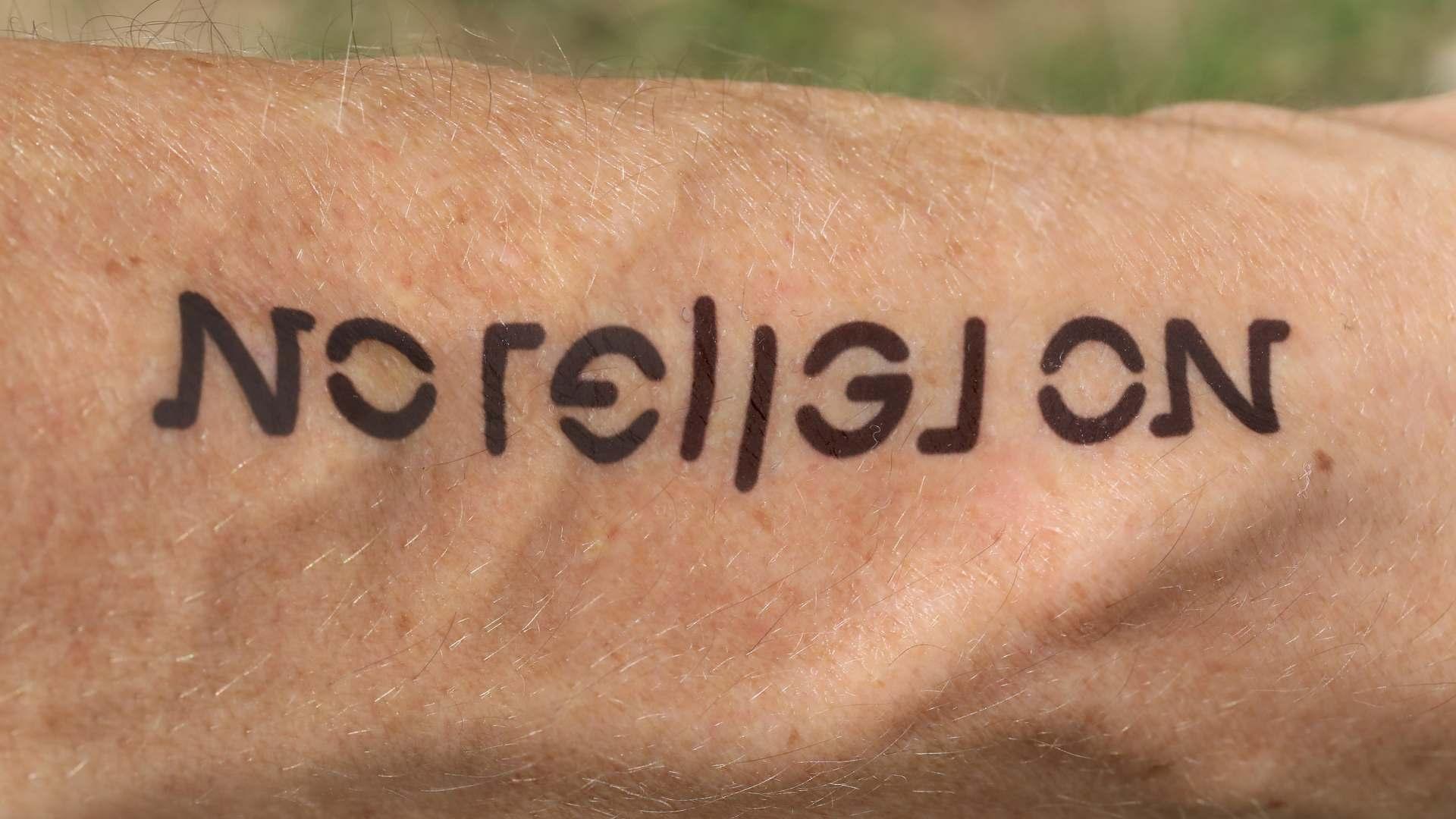
In January, the Pew Research Center released a survey that found a category of people who have no religious affiliation became the largest “religious” group in the United States.
The survey found that 28% of US adults are religiously unaffiliated, describing themselves with a variety of terms including agnostic, atheist, or “nothing in particular.” This group has been termed as the religious “nones.”
What Do ‘Nones’ Believe?

The survey found that most nones report believing in a higher power. Despite this belief in a God or higher power very few nones attend regular religious services.
Most nones also reject the notion that “science has the answer for everything” but were more trusting of science than their more religious peers.
What About Atheists?

Atheists are people who either disbelieve or reject the concept of a creator, God, or higher power entirely. While atheists are included in the survey data for nones, they make up a tiny percentage.
Only 17% of nones in the survey identify as atheists, and despite religious “nones” exploding as a category, atheists barely changed as a percentage of the population.
Not Much Change
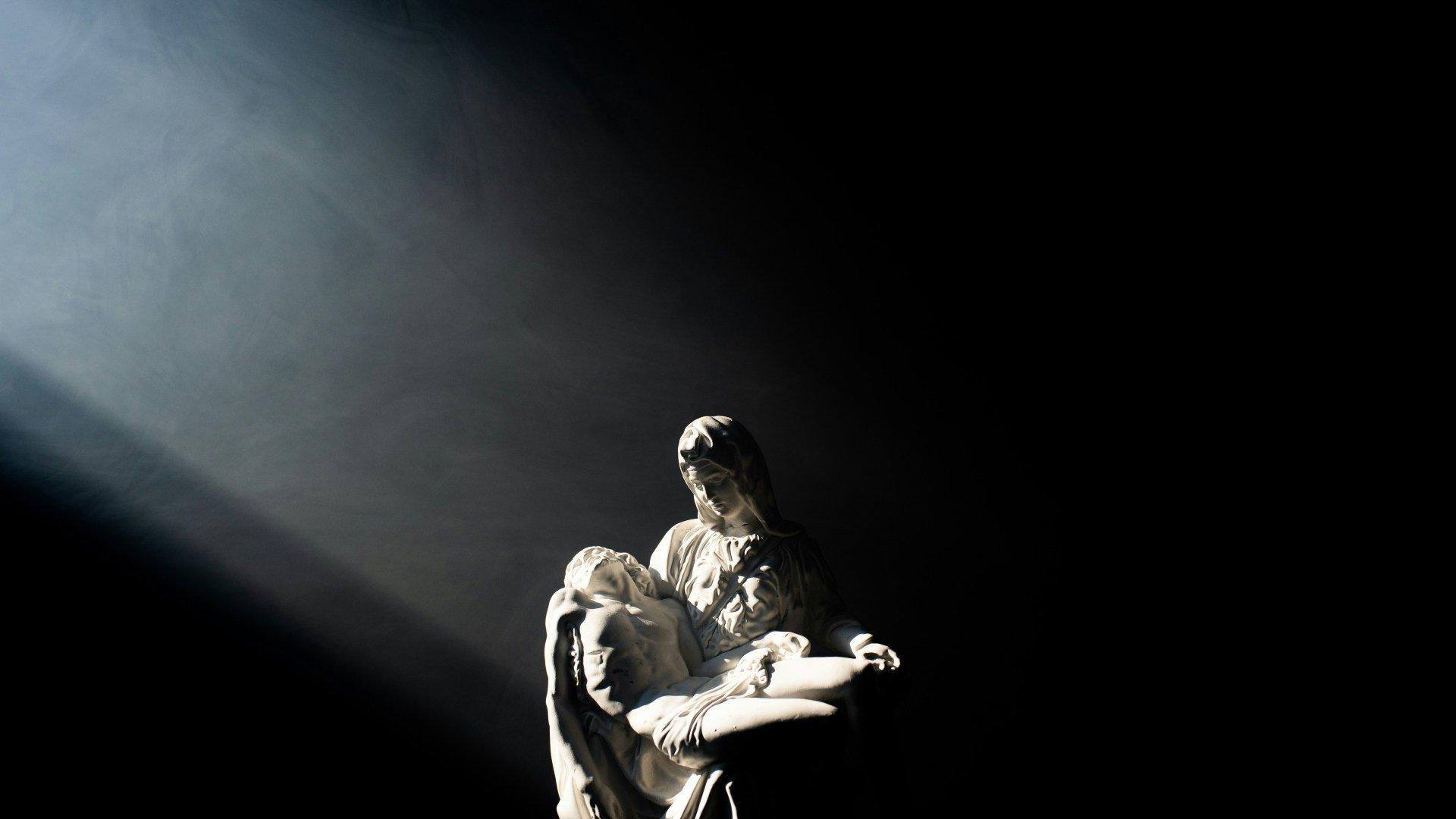
Despite a growing trend of Americans rejecting traditional religion, it’s interesting that the number of Atheists has also not dramatically changed.
Pew found in 2023 that atheists comprised only 4% of US adults, which had only increased by about 1% in ten years. Compare that to the religious “nones” category, which a Pew study from 2012 found made up 20% of the population at the time. Now it is the largest religious group in the United States at 28%.
Difference in Opinion

Despite atheists, nones, and agnostics being put into the same category in survey data, there is disagreement about the role that faith, spirituality, and religion should play in society.
While atheists tend to be more anti-religious, most nones don’t go that far, only thinking that religion can do some harm, but that it is also responsible for doing good as well.
Complicated Issue
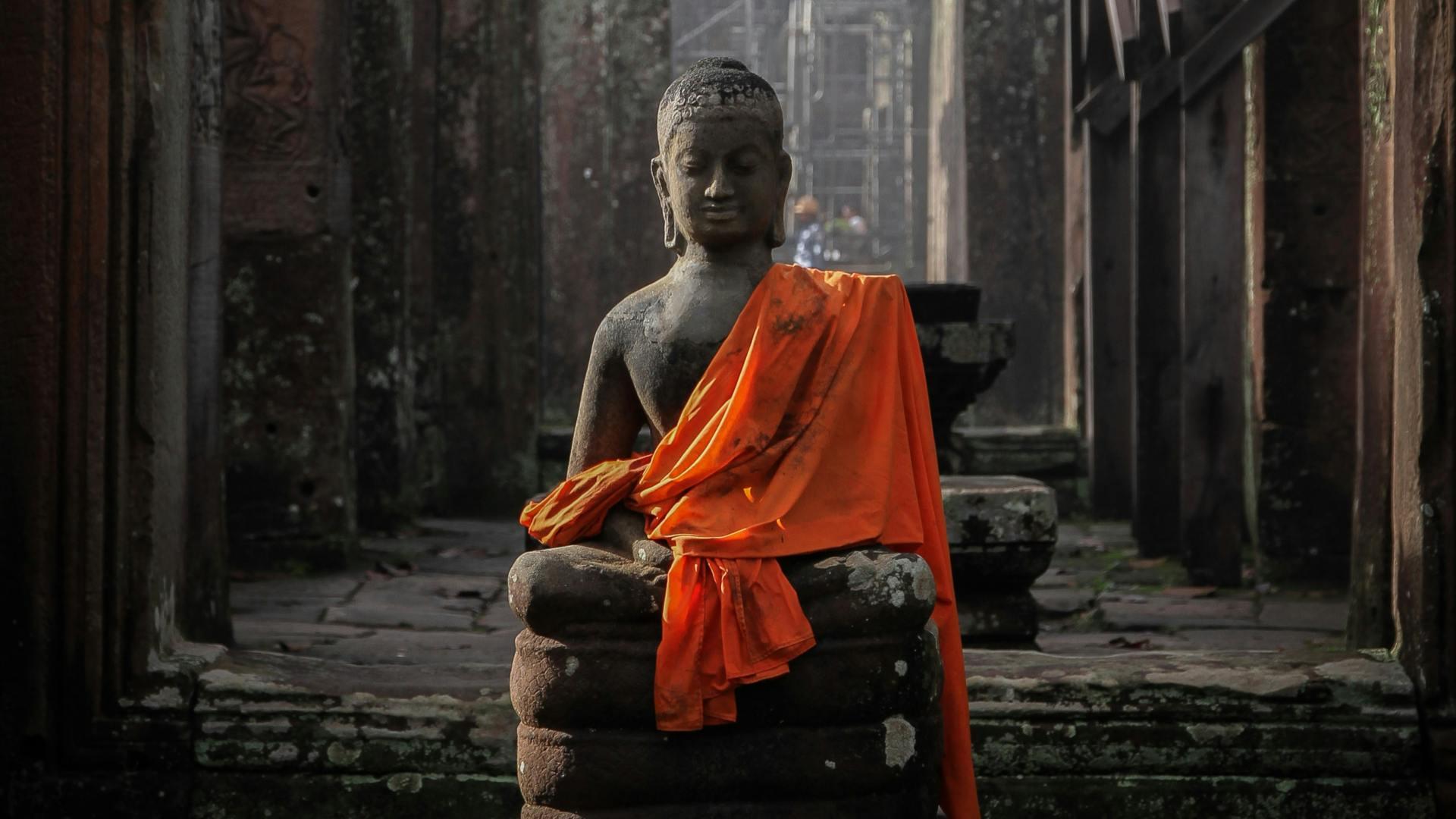
Another issue that complicates the data is that not all religious traditions actually believe in a creator or deity. For example, many Buddhists don’t believe in a God, and may technically fall under the definition of “atheism.”
Buddhists, who follow the teachings of Buddha, believe he was the first to reach enlightenment but is not a figure to be directly worshipped in the same way say a Christian or a Polytheist worships deities in their religions.
Identifying as an Atheist
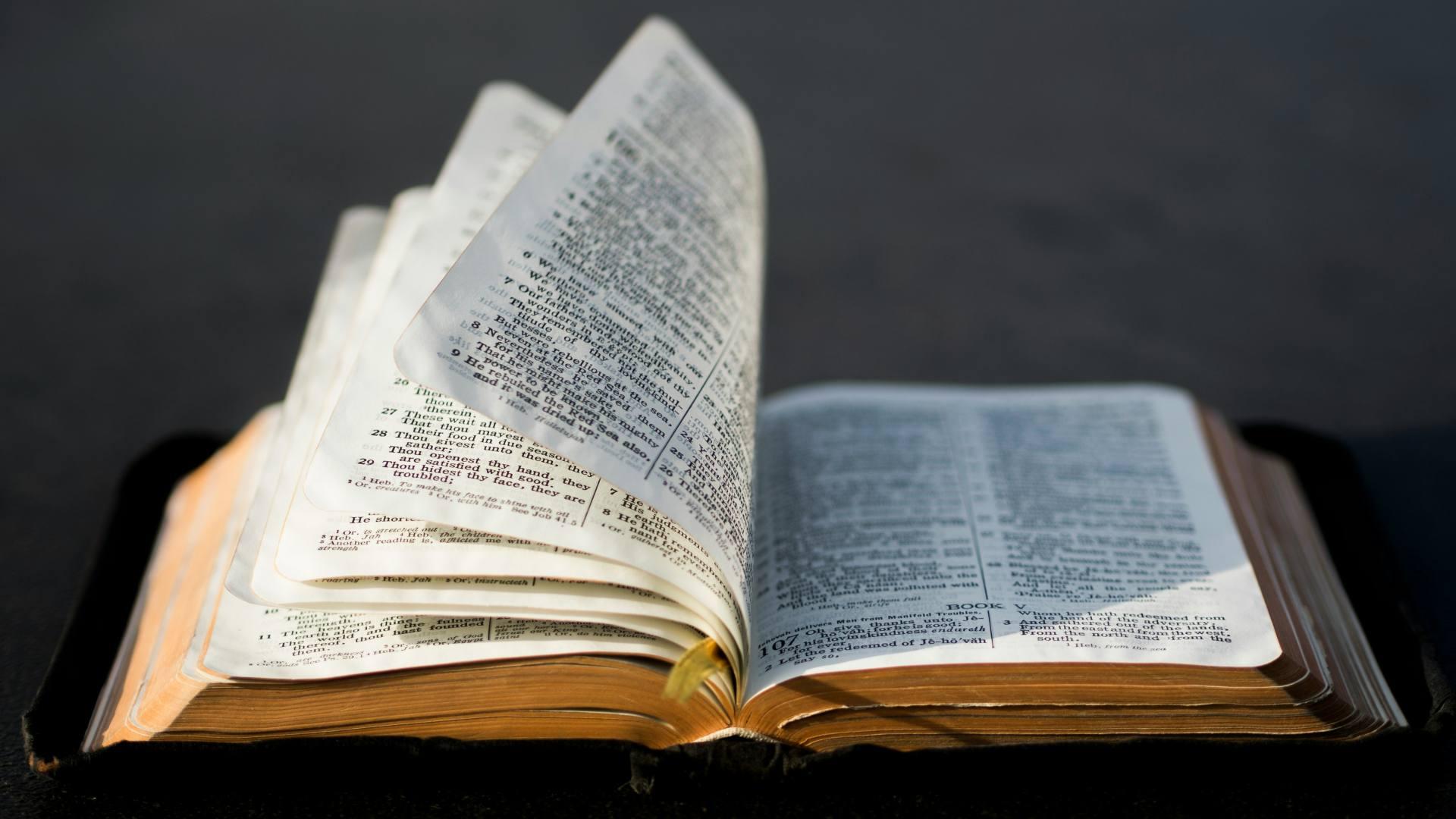
This issue, among others, leaves people less likely to want to identify as an atheist, despite a technical definition applying to them.
Some view identifying as an atheist as a “harsh stance” and prefer to reject labels or say they are “agnostic,” which some see as a middle ground between belief and disbelief.
Atheist Stigma
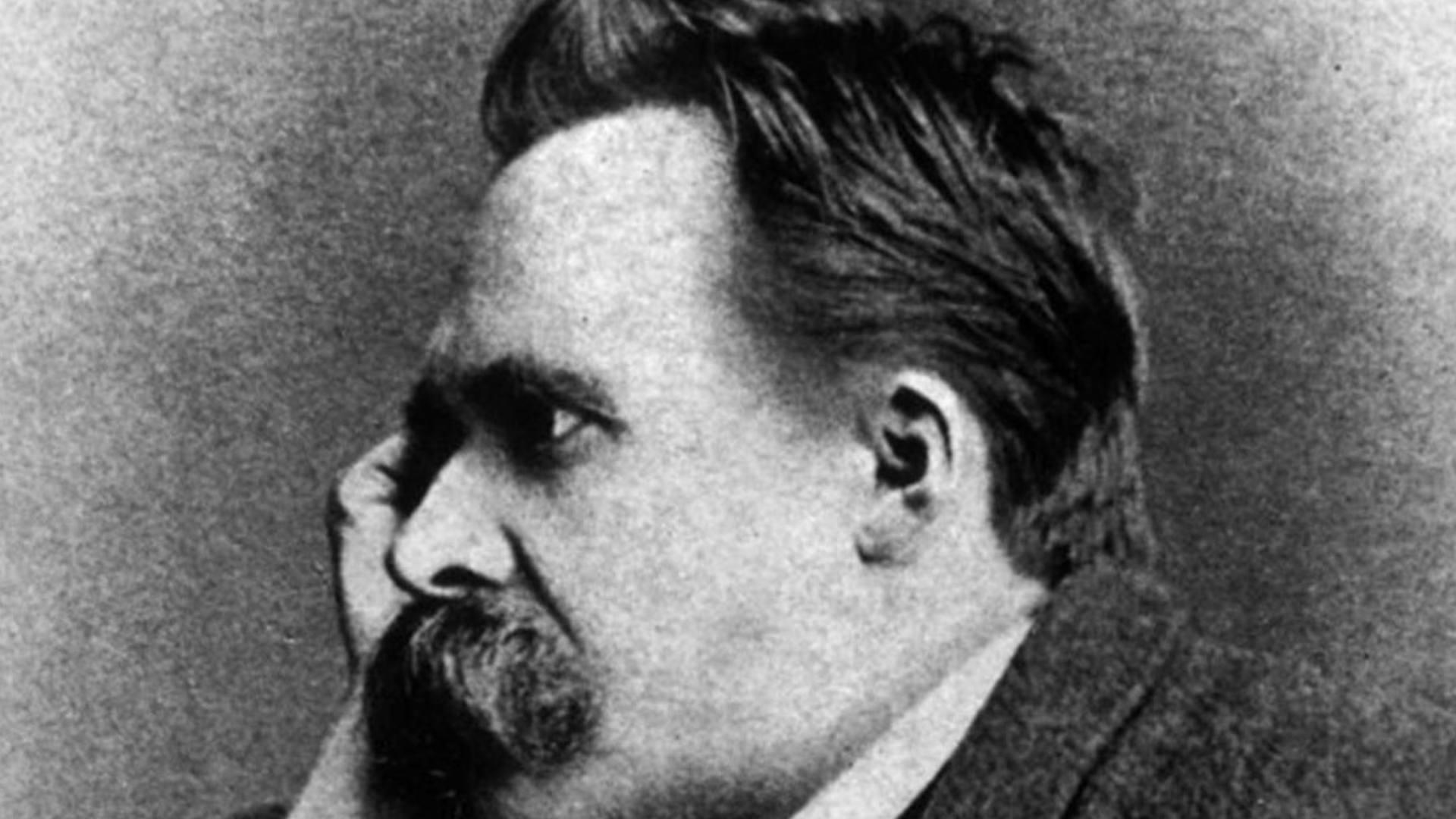
Another reason why some nones don’t identify as atheists is because of a social stigma about atheists many Americans have. In an infamous 2011 study, respondents were just as likely to distrust an atheist teacher as they were a rapist teacher in a hypothetical scenario.
Consistent surveys in recent years have shown that atheists rank among the most hated and distrusted religious minority groups in America. Some believers find an atheist’s lack of personal belief in a God as a threat to public cooperation and honesty.
Hiding Their Beliefs

Because of the social stigma of identifying as an atheist, there is a greater likelihood of someone hiding their beliefs, even in survey data.
For this reason, it’s possible that the number of atheists is higher than what the data can capture and higher than what people would normally identify as in an environment without this stigma.
Community Pressure
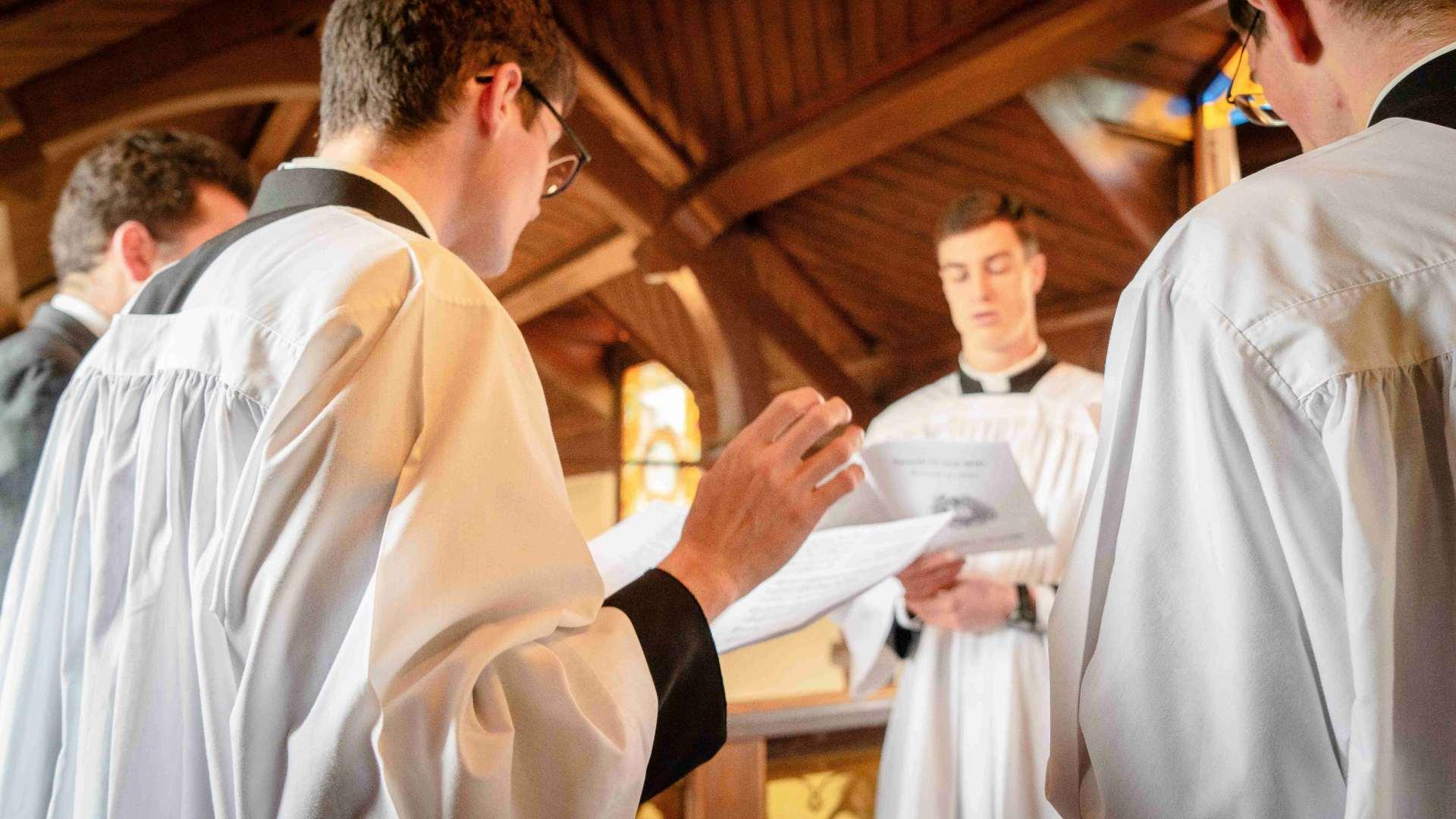
Some atheists identify as part of a religion to keep up public appearances, relationships, or to remain engaged with communities.
These “secret atheists” may privately question the religious beliefs they identify with, but are not willing to make the step to distance themselves publicly from religious worship or practice.
Self-Concealment
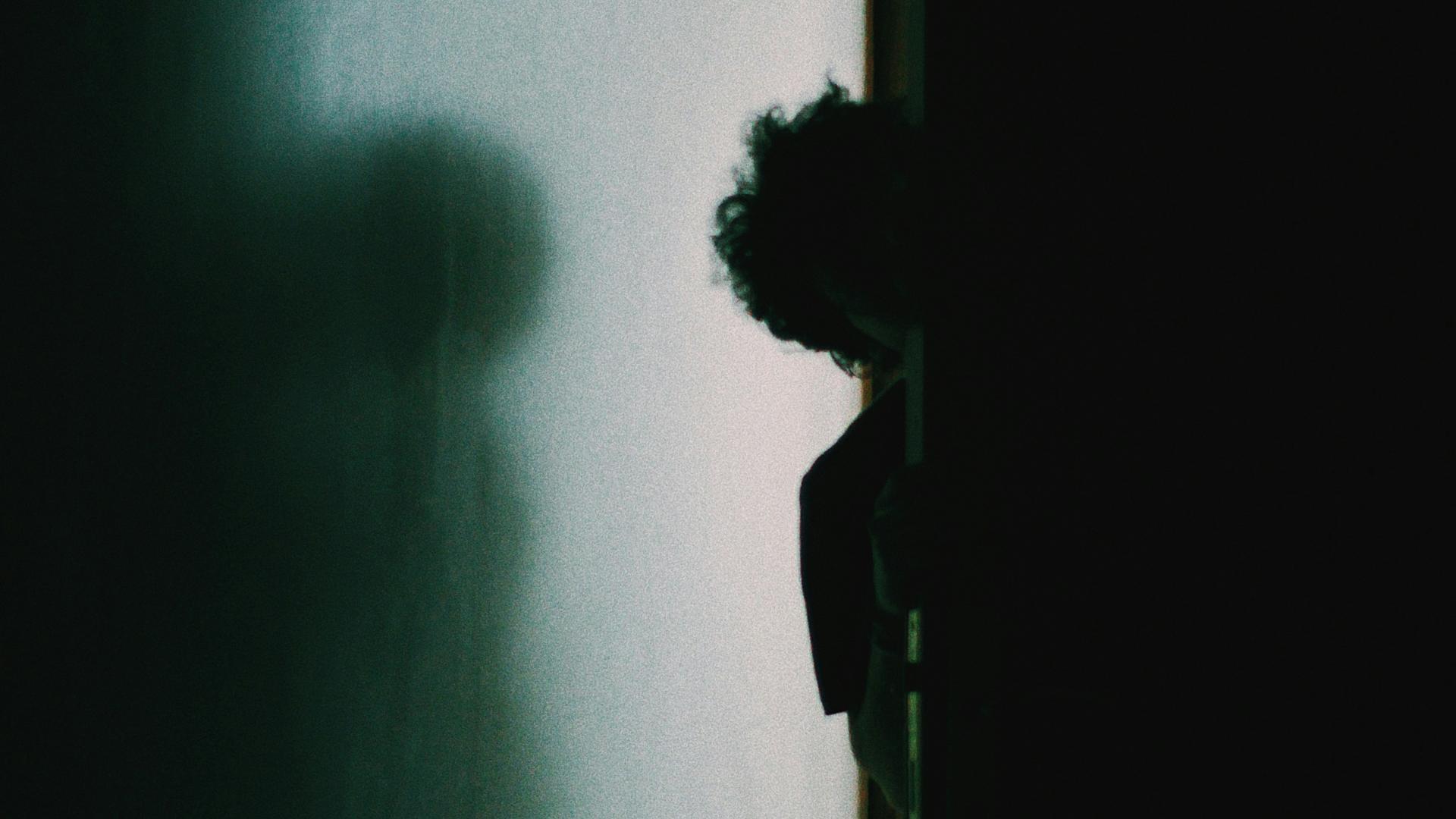
In a 2022 study examining identity concealment among atheists, researchers found those who identify as women, those who identify as Republican, those who live in the South, and those who attend religious services are more likely to conceal their atheist identity.
“If someone is already in a marginalized group — like women — or are members of a group that is heavily religious — such as Republicans or Southern Americans — it stands to reason they are less likely to take on the additional stigma of being an ‘out’ atheist,” said study lead author Jacqui Frost.

